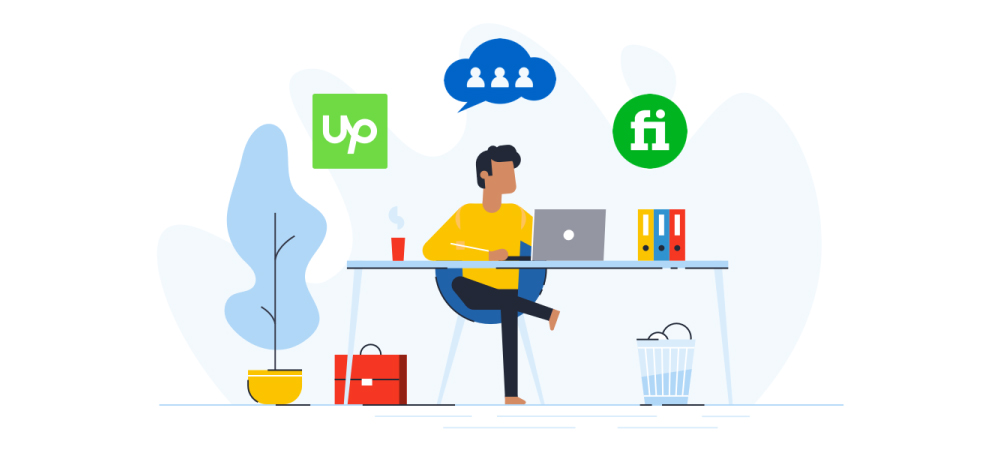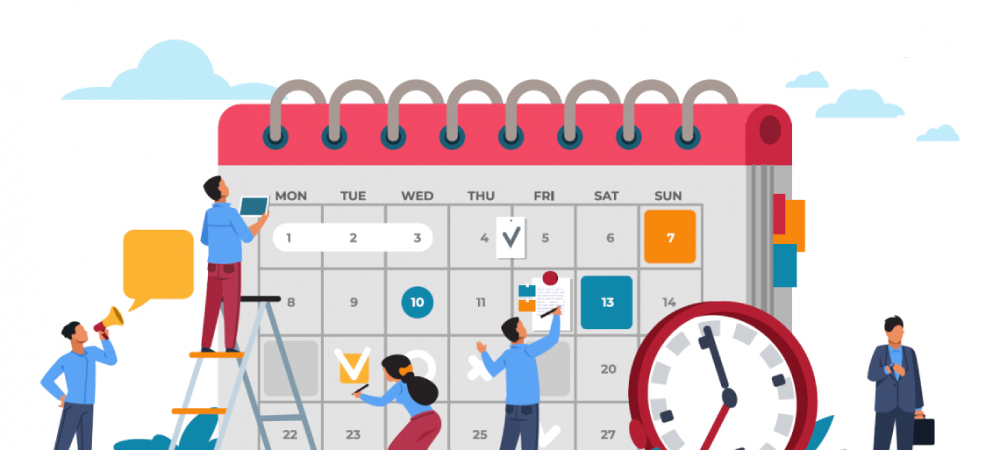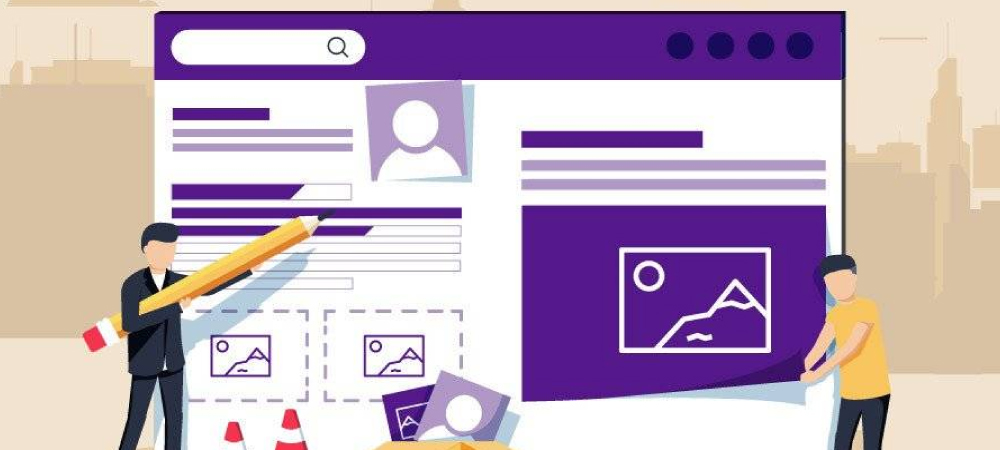“80 percent of the regular workforce in the world would want to supplement their income by doing extra freelance work.”
Working full-time while starting your freelance career at the same time might start to drain your mental and physical energies. However, we believe that you can have it both ways if you juggle everything in well-balance.
It’s understandable why you would be considering leaving your 9-5 salaried job for a side hustle, with more and more professionals wanting more freedom and a sense of control.
You begin to fantasize about spending your days pursuing what you want and not answering anybody. After all, taking mid-day naps or working from the beach seems a lot more enticing than back-to-back Zoom sessions, doesn’t it?
Quite so much as 80 percent of the regular workforce in the world would want to supplement their income by doing extra freelance work. In addition, the number of prominent organizations willing to hire freelancers is continuously growing.
So, how can you get into the freelancing gig economy and profit from it? Take a look at these tips and become a freelancer version of yourself!
1. Take your free time to identify the right job!

You’ll undoubtedly have to let things go since you’ll be taking up jobs in your spare time. If you stay at home and spend six hours of screen time every night, we are confident you can take advantage of that time without feeling shame.
You may start earning some additional cash while gaining new professional abilities. If you have interests that you like, make time for them. However, you need to remember that working too much may lead to burnout, and you would want to learn how to prevent burnout.
2. Plan ahead!

Because you’ll be working two jobs now, you’ll need to schedule a time to work on your freelancing projects. This would most likely happen on weekends and nights. You’ll need to be incredibly organized to make things work.
3. Utilize a task management software

Fortunately, there are several tools available to assist you. There are plenty of tools and websites out there to help the freelancing journey a bit easier, whether it’s time tracking software or task system management. There’s no harm in adhering to your tried-and-true approach of planning things out on an actual wall calendar.
4. Get used to multitasking everything

You’ll have less leisure time if you combine full-time work with a freelancing side business, but you shouldn’t have to abandon your social circle or self-care entirely. All you’ll need to do is plan ahead and maybe be a bit inventive.
You can juggle talking on the phone with a buddy while making supper or sitting to a lecture while hiking.
5. Understand the overhead

If you’ve ever worked as a freelancer, you know that there’s a lot of overhead involved with doing so. There could be a lot of discussions and correspondence while you’re enrolling a new customer.
That conversation may take a long time, and it can eat up a lot of your available time.
Working with “repeat customers” as much as possible will help you prepare for this overhead. You may also devise ways for speeding up specific aspects of client onboarding, such as providing them educational materials beforehand.
6. Partner up!

Performing as a freelancer includes a lot of administrative overhead, so you don’t always have time to accomplish the actual job. Sharing tasks with another skilled freelancer is a fantastic strategy to reduce stress.
This is something we do now and again. We collaborate with a customer who has a business associate. So, while our business partner concentrates on talking with the customer, preparing proposals, and delivering the job, we could focus on web development.
This enables the customer to do business during regular business hours, while we may work on the webpage. Nights and weekends are the most common times for this.
7. Create your long term objective

Before you begin freelancing, you must be truthful with yourself and answer the following question:
Is freelancing only a side hustle? Or do you intend to turn it into a full-time job?
Your long-term objective is the solution to this issue. To achieve it, you’ll need to generate a set of short-term objectives and respond to questions like:
- What will your area of expertise be?
- What kind of services would you provide?
- What monthly income do you need to determine whether or not to leave your full-time work?
These are all just a few of the critical issues and short-term objectives you must address to launch your freelancing job.
8. Choose your niche

As a freelancer, you can be anything you want. You can call yourself a developer, graphic designer, content writer, or you can provide many other services. Yet, you may stand out from the crowd if you develop a knack for a specific niche.
For instance, as a content writer, you could always write about anything from gardening to media production or financial advice. But, it would do you good to just stick to a niche and develop a profound insight.
After all, a cryptocurrency content writer or lifestyle content writer might sound so much better in your portfolio. So, don’t be afraid to be more specific with your niche because that sets you apart from the rest of your competitors.
9. Meet your target!

Every freelancer needs to define the target clients. Moreover, you need to be specific about it. Think about your market, what kind of people would require your service, their job, and interest, etc. This would help you get to the specific crowd you want.
10. Create a website for your portfolio

Website is the best possible way to put yourself out in the world. Thus, you might want to have your domain to showcase your service as well as your portfolio.
To connect with the world, you might want to build your website with experts. Fret not; WeWe offers the best talents to help in your web solution services. Click here to find out more.
Currently, WeWe is also running a logo and video competition with USD 700 each at stake! Join the competition and win the money you need to jumpstart your freelance career! Click here for more information.
Conclusion
Aside from your full-time employment, freelancing may be a terrific method to bring in additional income and work on financial goals.
Starting a freelance career may also be a terrific way to maintain professional practicing skills that you might not be able to use at your 9 to 5 job. It can also offer you a greater reward than full-time employment.
